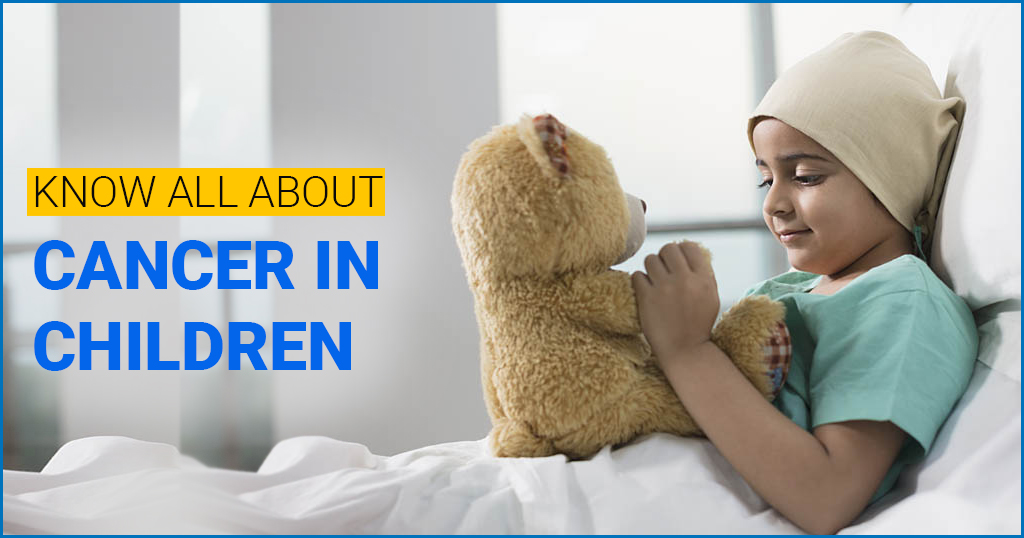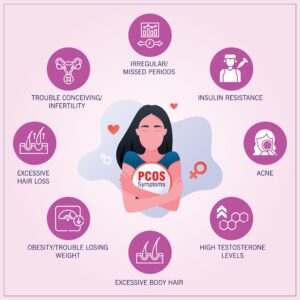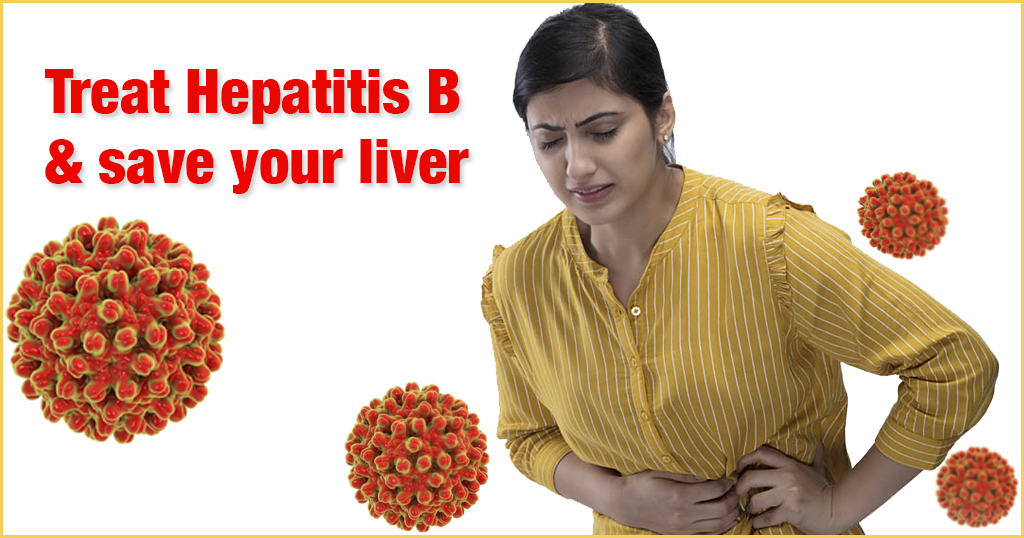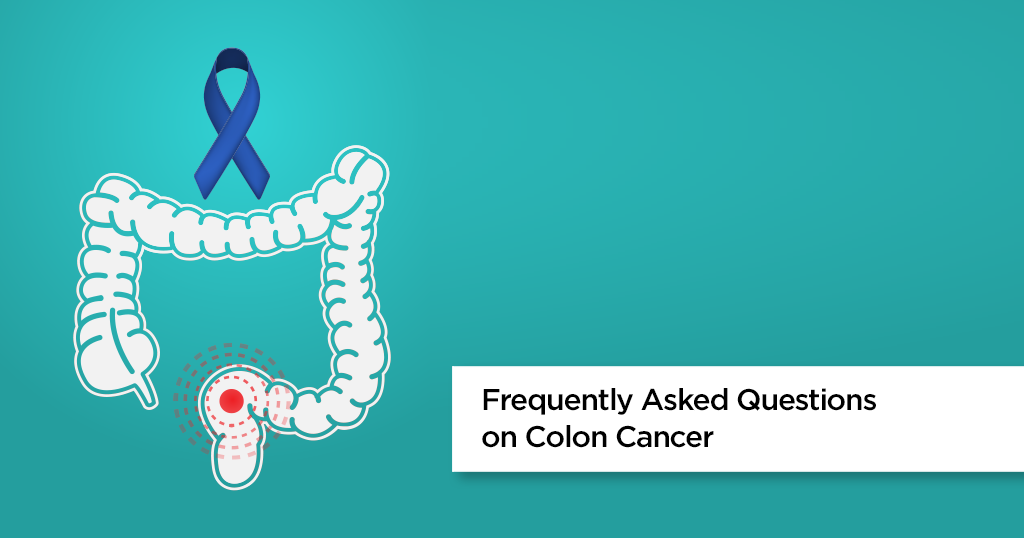Pediatric Cancer


In India, out of every one million population, 150 children are diagnosed with cancer every year. Cancers affecting children are of a unique kind. Leukemia, cancer of bone marrow and blood, is the most common cancer that accounts for approximately 30 percent of all cancers in children. Common symptoms include fatigue, bone, and joint pain, weakness, bleeding or bruising, pale skin, weight loss, fever amongst others.
Types of Cancers in Children
- Brain and CNS (Central Nervous System) tumors account for about 26 percent of childhood cancers. Headaches, nausea, vomiting, blurred or double vision, dizziness, trouble walking or handling objects are common symptoms of these cancers.
- Neuroblastoma affects infants and young children and starts in the early forms of nerve cells in a developing embryo or fetus.
- Wilms tumor (nephroblastoma) starts in one or rarely both kidneys. It is most often found in children between 3 to 4 years of age.
- Lymphomas start in certain cells of the immune system called lymphocytes. They can cause weight loss, fever, sweating, tiredness and swollen lymph nodes under the skin in the neck, armpit, or groin.
- Rhabdomyosarcoma starts in cells, which usually turn out to become skeletal muscles. It accounts for about 3% of childhood cancers.
- Retinoblastoma is a cancer of the eye. It accounts for about 2% of childhood cancers.
- Primary bone cancers (cancers that start in our bones) most often occur in older children and teens, but can also develop at any age. They account for about 3% of childhood cancers.
Treatment procedure
In many cases, a multidisciplinary team approach is adopted where a team of doctors works with the child and the family to provide cancer care. Most pediatric cancer centers usually offer extra support services for children, including their families, such as child specialists, physical and occupational therapists, dietitians, social workers as well as counselors.
Treatment procedure includes chemotherapy, surgery, radiotherapy or a combination of all. Treatment recommendations and options depend on many factors, such as the type and stage of cancer, the patient’s preferences and overall health and possible side effects.
Common types of treatments
The common types of treatments and therapies used for childhood cancer are as below.

Surgery: This involves the removal of the tumor (cancerous or noncancerous) and also some healthy tissue surrounding the tumor during the operation. Most of the children with a tumor may need surgery at some point as a part of their treatment plan. A surgical oncologist is a specialist who treats a tumor using surgery.
Stem cell transplantation/bone marrow transplantation: A bone marrow transplantation is a procedure where diseased bone marrow with cancer is replaced with hematopoietic stem cells, highly specialized cells that develop into the healthy bone marrow. Currently, this procedure is commonly called stem cell transplantation, as it is actually the stem cells in the blood that are usually being transplanted and not the actual bone marrow tissue.
Therapies using medication: Systemic therapy involves the use of medicines to destroy cancer cells. Such medicines are given through the bloodstream that reaches the cancer cells throughout the body. A pediatric oncologist generally prescribes systemic therapies. Common ways to administer systemic therapies include
- Oral Medication (a capsule or pill that is swallowed)
- An IV (intravenous) tube placed into a vein using a needle
Types of systemic therapies used for childhood cancer include:
- Chemotherapy: This therapy includes the use of drugs (medications) to destroy cancer cells – generally by ending the ability of cancer cells to grow and divide
- Immunotherapy: Also called biologic therapy, Immunotherapy is developed to boost the natural defenses of the body to fight cancer. This uses materials made either in a laboratory or by our body to restore, target, or improve immune system function. Few examples of immunotherapy are cancer vaccines, interferons, and monoclonal antibodies.
Radiation therapy: Radiation therapy makes use of high-energy x-rays or other particles like photons to terminate cancer cells. Radiation Oncologist is a specialist who gives radiation therapy to treat cancer. As healthy tissues and organs are at risk for damage, particularly in young children, cancer specialists generally avoid using radiation therapy, whenever possible, in childhood cancers.
Side Effects of Cancer Treatments
Many people with cancer or those who have undergone treatment for cancer have the risk of developing side effects. Few side effects may include
- Hair Loss
- Nausea and Vomiting
- Cancer Pain
- Thrombocytopenia (Bleeding and Bruising)
- Tiredness
- Loss of appetite
- Depression
- Delirium
- Edema (Swelling)
- Fatigue
However, these side effects differ from person-to-person, even in those receiving the same treatment. Evaluating and treating side effects is a significant part of cancer survivorship care.
Conclusion
In seeking treatment for a child diagnosed with cancer, do look for the following aspects while choosing the cancer care hospital:
- The multidisciplinary medical team works together to decide the best treatment option for the child. Minimally invasive cancer surgery that reduces pain and shortens the child’s stay in the hospital so that the child can return to daily routine soon.
- Advanced radiation therapy that ensures minimal trauma due to precise targeting of cancer. Advanced pathological analysis of the tumor to ensure the right dose of chemotherapy or radiation.
- Blood bank standards that are of international quality.
- Trained staff who are sensitive to caring for children with cancer and provide support to the family as well.
© Copyright 2024. Apollo Hospitals Group. All Rights Reserved.
 +91 8069991061
Book Health Check-up
Book Health Check-up
Book Appointment
Book Appointment
+91 8069991061
Book Health Check-up
Book Health Check-up
Book Appointment
Book Appointment







